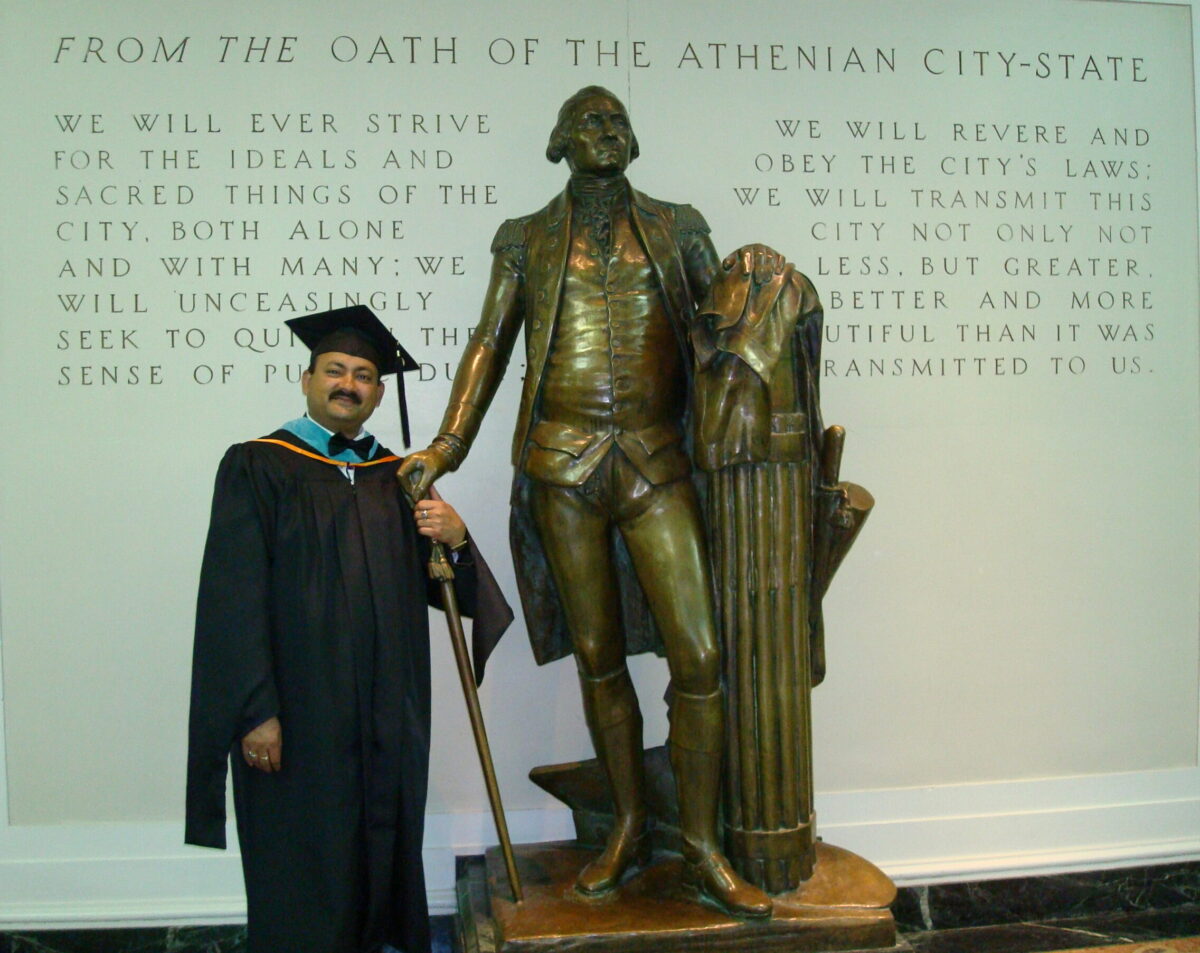#Yvoire One of the most beautiful villages in France, Yvoire is full of flowers and cheerful local population, writes Sandeep Silas
A VISUAL TREAT A charming village house, with lace curtains, flowers and enveloped in greenery form a real romantic setting
G ive me a choice to choose a place to live the rest of my life. An idyll by the lake, amidst flowers livening up my window; stone houses those seem to have travelled back in time; thin pedestrian lanes without any machine monster emitting black smoke; spires surprising you at the end of a street; a village market that comes up informally in the square; laced window panes; lazy boats in the lake; and great food. Yes, I am talking of Yvoire, a village in France, a member of the most beautiful villages of France.
Barely 45 minutes from Geneva, creeper roses welcomed me at the entrance. Flowers seem to be the passion of every inhabitant. Each window was like a beautiful vase distinctive in colour and presentation. Ranked in France as one of the “Four Flowers”, Yvoire is full of flowers – lilies, gourdon, iris, roses, daffodils, gerberas, poinsettia, wisteria vines and the rosemary bush.
Yvoire is located in the Rhone-Alps region of France under the department of Haute-Savoie. This small village, just 3.2 sq km. with a population of 810 only, has access to two faces of Lake Geneva, as it separates the “petit lac” from the “grand lac”. The village just celebrated its 700 years of existence in 2006. Set in the 14th Century, as usually done then with fortifications, a castle, ramparts, mansions, and stone houses, the village continues to look the same. The St. Pancras Church that dominates the village heights dates to the 11th Century but has been rebuilt and attended many times. Its slender green-onion like dome is representative of Savoyard and Piemontese religious architecture of later centuries.
Homes were not homes, they were more! Some had portions running as boutiques selling designer garments, locally made souvenirs, cheese and cakes, and a lot doubled up as restaurants. Survival had placed the village between the horns of “character” and “commerce”. It obviously gets a lot of tourists who come to dip their souls into the sponge of delight for a day.
From the square, under the church steeple, you can buy things you may not need, but would like to take back. Though each window here was very beautifully done, one particularly caught my attention from the square. A vivacious green Boston Ivy creeper half encircled it, with purple, pink, and red gerberas raising their sprightly heads from the pot placed on the window-sill. Each leaf of the creeper had three tongue-like lobes, one each to taste the sweet, sour and salty breeze, I thought. Behind the glass window-panes was a beautiful lace curtain. Only a face, like that of Helen of Troy was missing. A perfect window for a Romeo and Juliet conversation!
A village surviving since 1306 AD in the same time warp is an amazing spectacle to visit and see. In its earlier years it was on the trade map through the Alps and along the Lake Geneva. In the 16 {+t} {+h} Century fishing became a primary occupation for the residents.
Now, in the 21s {+t} Century it is heritage that makes the place important. Actually, I felt that the place has been blessed because its importance over the centuries never diminished despite changing times and trade preferences.
Invigorating
Past paper boats hanging in the air I moved to the lakeside. Walking down a stone paved path beside yellow lilies was invigorating. Once beside the water I sat down to look at the mountains. Across the Lake Geneva (Lake Léman) are visible the Jura Mountains. A pair of ducks frolicking in the water accentuated my loneliness. Couples sat, walked and boated enjoying every moment of togetherness. I resumed my walk and halted at a letter-box made in cast iron, fixed on the outside wall of a home. It had a rider on his horse, embossed on the front face. Its letters – “ LETTRE”, and its stylisation immediately transported me back to the medieval ages when horses served as car, train and plane. Another wooden door to a godown carried a pasted poster appeal carrying instructions, with this slogan at the end of the page – “Vive La France! Vive L’ Empereur!” This was how official orders/notifications were communicated to the public in those days. Lunch was freshly caught fish from Lake Léman, what else!
The faces I recall from this trip were unusually charming – a woman with two spaniels under a signboard, the boy at the cake shop, the woman who entered the boutique hurriedly, the man making a straw hat, and the girl who served us food in the restaurant. The names, those people gave to describe their homes and themselves – Les Murailles, La Maison Fleurie, La Maison d’ Historie, La Gangière, La Bentellière and Coup d’ Coeur, continue to stay in my memory. Especially Coup d’ Coeur, as between the suspended flower baskets from the balcony, at the entrance, were hung many red coloured hearts made of round pieces of wood glued together. I left my heart amidst the wooden ones in France, beating for someone.
(Published in The Hindu, December 27, 2010)
Link:
http://www.thehindu.com/todays-paper/tp-features/tp-metroplus/an-enchanting-village/article981735.ece

